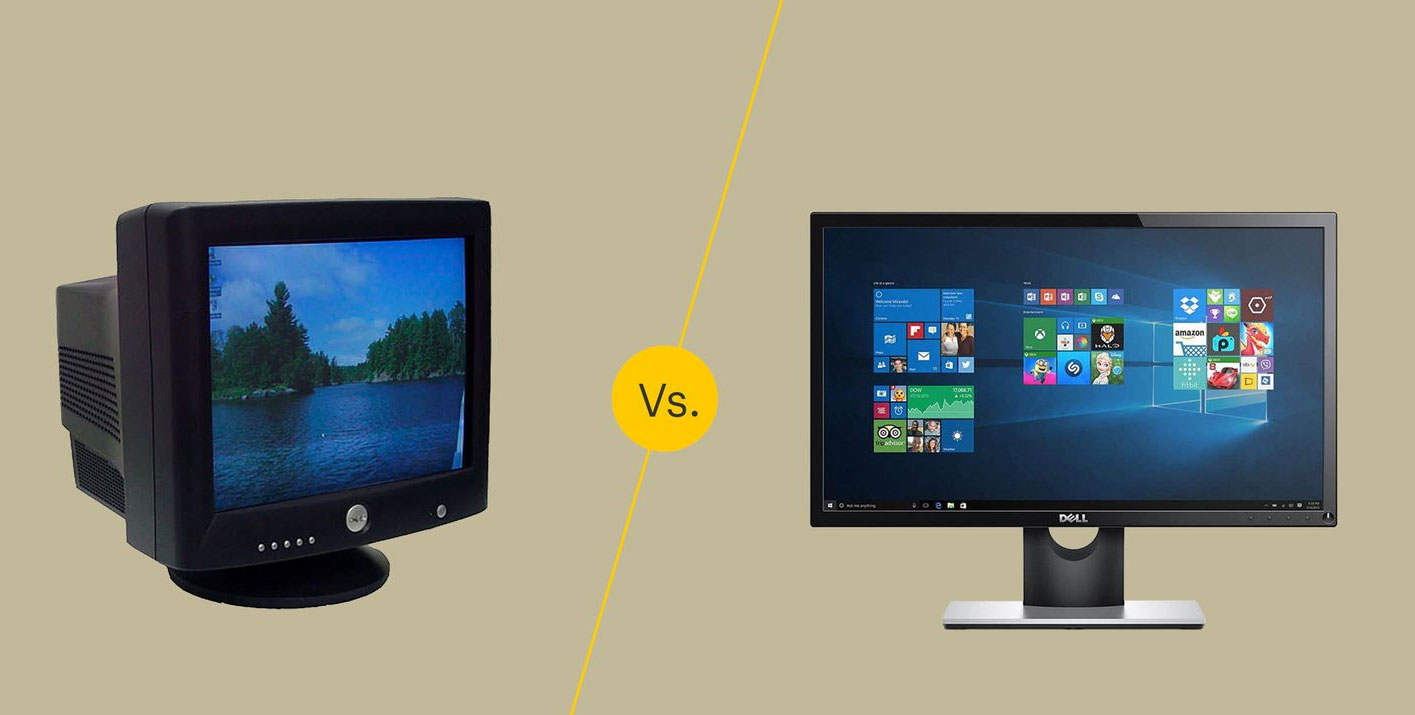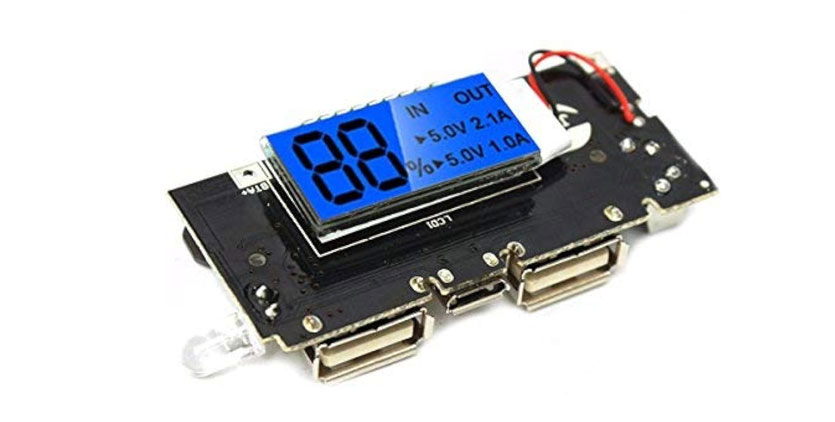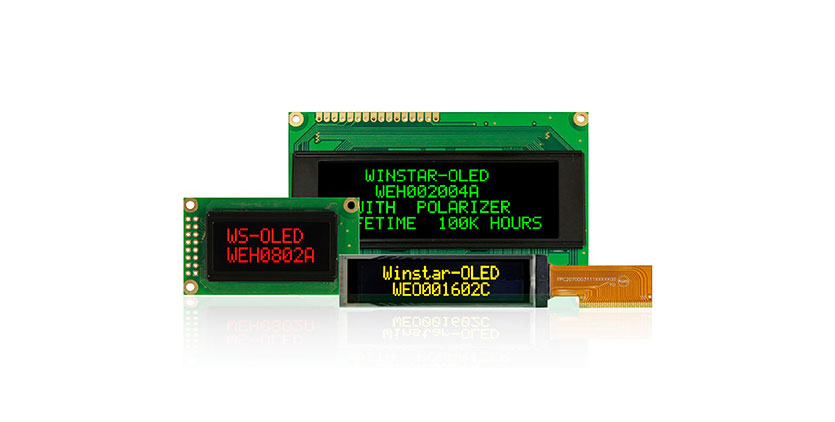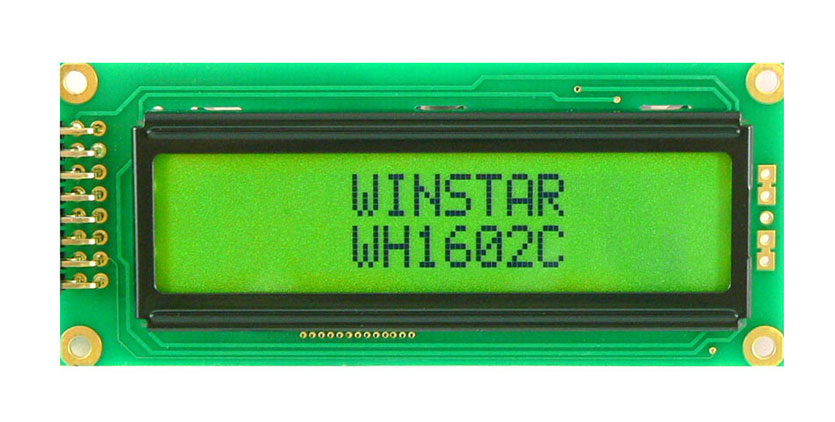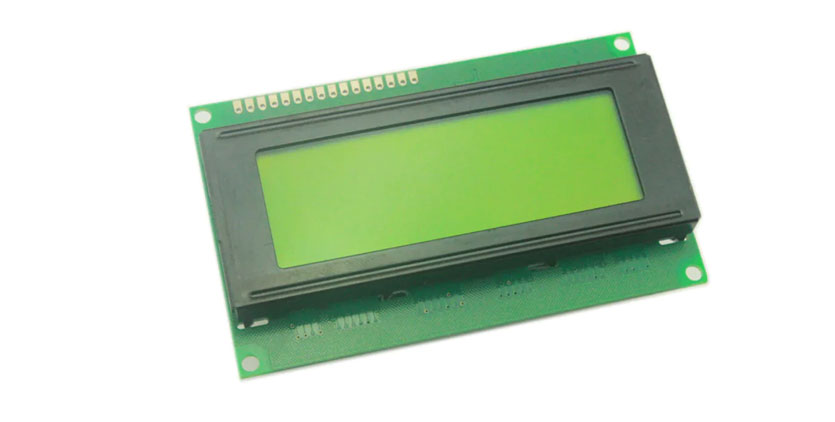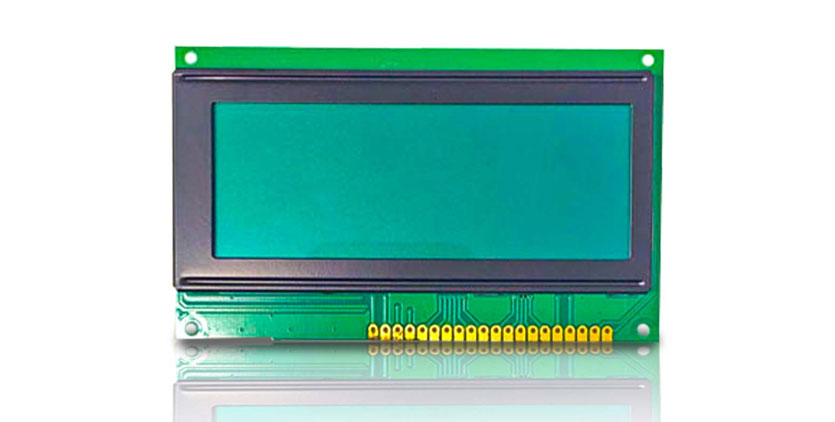Overview of Industrial LCD Monitor Aluminium Body
Industrial-grade LCD monitors are specially designed to withstand harsh and demanding environments. These monitors are built with durability and reliability in mind, making them suitable for a wide range of applications where standard monitors would not suffice.
Benefits of Aluminium Body for Rugged Environments: One of the standout features of industrial-grade LCD monitors is their robust aluminum body. This material provides exceptional protection against physical damage, ensuring that the monitor can endure harsh conditions without compromising functionality. Aluminum is known for its corrosion resistance, making it an ideal choice for environments where exposure to moisture, dust, or corrosive substances is a concern.
Furthermore, the aluminum body acts as an excellent heat dissipater, allowing the monitor to operate efficiently even in environments with high temperatures. This helps prevent overheating, which is crucial for prolonged and reliable performance.
Applications and Use Cases: Industrial LCD monitors with aluminum bodies find applications in a diverse range of industries and settings. They are commonly used in manufacturing facilities, warehouses, outdoor installations, and transportation hubs. These monitors are also popular in healthcare environments where hygiene and durability are paramount. Moreover, they play a crucial role in military, aerospace, and marine applications due to their ability to withstand extreme conditions.
In manufacturing environments, these monitors are often integrated into control systems, providing operators with real-time data and control over critical processes. Their resilience ensures uninterrupted operation, contributing to increased productivity and efficiency.
Industrial LCD monitors with aluminum bodies offer a robust solution for environments that demand durability, reliability, and longevity. Their suitability for rugged conditions makes them a valuable asset across various industries.
Understanding Industrial LCD Monitors without Touch
Non-touch industrial-grade LCD monitors are purpose-built displays designed for environments where touch interaction is not a primary requirement. These monitors offer a robust and reliable visual output without the added complexity of touch-sensitive technology.
Ideal Environments and Applications: These monitors are particularly well-suited for environments where touch functionality is unnecessary or even undesirable. For instance, in settings with high levels of dust, dirt, or chemicals, a non-touch display can be more practical as it eliminates the need for constant cleaning and maintenance associated with touch screens. Additionally, in environments where precise touch interactions are not critical, such as monitoring displays in industrial control rooms, non-touch monitors are preferred for their simplicity and durability.
Comparisons with Touch-capable Models: When considering whether to opt for a non-touch industrial-grade LCD monitor or a touch-capable one, it’s essential to weigh the specific needs of the environment. While touch-capable models offer interactivity, they also introduce potential points of failure and may require more frequent maintenance. Non-touch models, on the other hand, provide a more straightforward and robust solution, often at a lower cost.
It’s crucial to assess the requirements of the intended application. If touch interactivity is not a critical factor, opting for a non-touch industrial-grade LCD monitor may be the more efficient and cost-effective choice.
Introduction to LCD Monitors without Touch
Standard LCD monitors, also known as non-touch displays, are the foundational screens used in a wide range of applications. Unlike touch-enabled monitors, these displays primarily focus on providing visual output without interactive capabilities. They form the backbone of various industries and everyday computing environments.
Common Uses and Applications
Non-touch LCD monitors find application in numerous sectors and settings. They are extensively used in offices, educational institutions, healthcare facilities, and retail spaces for tasks that don’t require touch interaction. In offices, they serve as primary workstations for tasks like word processing, data analysis, and graphic design. Educational institutions use them in classrooms for presentations and lectures.
Healthcare facilities often rely on non-touch displays for electronic medical records, imaging, and diagnostic purposes. In retail, these monitors are utilized for point-of-sale systems, advertising displays, and inventory management.
Advantages of Non-Touch Displays
Non-touch LCD monitors offer several key advantages:
- Durability: These displays tend to be more rugged and less prone to damage compared to touch-enabled monitors. This makes them suitable for environments where interactions are primarily visual.
- Cost-effectiveness: Non-touch displays are generally more affordable than touch-enabled models. This makes them an economical choice for applications that don’t require touch functionality.
- Reduced Maintenance: Since they lack touch-sensitive technology, non-touch displays require less maintenance and are easier to clean. This is especially beneficial in environments where cleanliness and hygiene are crucial.
- Simplicity: Non-touch displays are straightforward to operate and require minimal training. They are user-friendly and ideal for applications that prioritize ease of use.
Non-touch LCD monitors play a vital role in various industries and settings where touch interaction is not a primary requirement. Their durability, cost-effectiveness, and simplicity make them a valuable asset in a wide range of applications.
Features of Touchscreen Industrial LCD Monitor with Aluminium Body
Touchscreen-capable industrial-grade LCD monitors combine the robustness of an industrial monitor with the interactive capabilities of a touch screen. These monitors are equipped with advanced touch technology that allows for precise and intuitive interaction, making them versatile tools in demanding environments.
The touchscreens are designed to provide accurate touch responses, even in challenging conditions. They can detect multiple touch points simultaneously, enabling multi-touch gestures for enhanced user experience. This feature is especially valuable in applications where quick and precise input is required.
Aluminium Body for Durability and Functionality: One of the defining features of these monitors is their durable aluminum body. This material provides exceptional protection against physical damage, ensuring the monitor can withstand harsh environments without compromising its touchscreen functionality. The aluminum body also serves as an excellent heat dissipater, allowing the monitor to operate efficiently even in environments with high temperatures.
This combination of advanced touch technology and a robust aluminum body makes these monitors well-suited for industries where touch interaction is crucial.
Industries and Applications that Benefit from Touch Interaction: Touchscreen-capable industrial-grade LCD monitors find extensive applications across various industries. They are particularly valuable in environments where hands-on interaction with the display is essential.
In manufacturing and automation settings, these monitors are used for process control, allowing operators to intuitively interact with machinery and systems. In healthcare, they facilitate quick and accurate data entry for electronic medical records and diagnostic equipment. In retail and hospitality, they enhance customer experiences through interactive kiosks and self-service terminals.
Additionally, touch-capable industrial monitors are integral in transportation and logistics, where they are used for navigation, monitoring, and control systems.
Touchscreen-capable industrial-grade LCD monitors with an aluminum body offer a powerful combination of interactivity and durability. Their versatility makes them invaluable tools across a wide range of industries and applications.
Exploring Touchscreen Functionality in Touchscreen Industrial LCD Monitors
Touchscreen functionality in industrial-grade LCD monitors opens up a new dimension of interaction and control. Unlike traditional displays, these monitors allow users to directly manipulate on-screen elements with their fingertips or stylus. This intuitive interface significantly enhances efficiency and precision in various industrial applications.
Use Cases in Rugged Environments: Touchscreen industrial-grade LCD monitors are specifically engineered to thrive in demanding environments. Their robust construction and advanced touch technology make them ideal for settings where conventional displays might struggle. These monitors are commonly deployed in manufacturing plants, warehouses, construction sites, and outdoor installations. They excel in environments with high levels of dust, moisture, and temperature variations.
In industries like manufacturing, touchscreen monitors are pivotal for process control and automation. Operators can swiftly navigate through interfaces, input data, and execute commands with a simple touch. This level of interactivity streamlines operations, reduces response times, and minimizes errors.
Comparisons with Non-Touch Models: While both touch and non-touch industrial-grade LCD monitors serve critical roles, the choice between them hinges on specific operational requirements. Touchscreen monitors provide a dynamic, hands-on experience, enabling quick and precise interactions. However, they may entail higher upfront costs and require occasional calibration and maintenance.
Non-touch models, on the other hand, are well-suited for environments where touch interaction is unnecessary. They often have a simpler design, making them more cost-effective and potentially more durable in certain scenarios. Non-touch displays are also less susceptible to issues related to calibration or touch sensitivity.
Ultimately, the decision between touchscreen and non-touch models depends on the nature of the tasks, the environment they’ll be used in, and budget considerations.
Overview of Touchscreen LCD Monitors
Touchscreen LCD monitors represent a significant advancement in display technology, allowing users to directly interact with on-screen elements using their fingertips or a stylus. These monitors combine the visual clarity of standard LCD displays with intuitive touch functionality, revolutionizing how we engage with digital content.
Versatile Applications in Interactive Environments: The versatility of touchscreen LCD monitors opens up a wide array of applications across various industries and settings. They find extensive use in interactive kiosks, self-service terminals, and point-of-sale systems in retail and hospitality. In educational environments, they facilitate dynamic learning experiences, enabling students to directly engage with educational content.
Moreover, touchscreen monitors are employed in healthcare for electronic medical records, diagnostic equipment, and patient engagement systems. They streamline data entry and retrieval, enhancing clinical workflows. In industrial settings, they empower operators with efficient control and monitoring capabilities, contributing to improved productivity and safety.
Beyond these examples, touchscreen LCD monitors have found their way into diverse sectors, including gaming, entertainment, public transportation, and more. Their adaptability and user-friendly interface make them invaluable tools in interactive environments.
Key Considerations for Implementation
When considering the implementation of touchscreen LCD monitors, several crucial factors should be taken into account:
- Environment: Assess the environment where the monitors will be deployed. Consider factors like ambient lighting, potential exposure to dust or moisture, and temperature variations.
- Touch Technology: Different touch technologies (e.g., resistive, capacitive, infrared) have specific strengths and weaknesses. Choose the one that best aligns with the intended use and expected level of interactivity.
- Screen Size and Resolution: Select an appropriate screen size and resolution to ensure optimal visibility and usability for the intended application.
- Durability and Protection: In environments with higher wear and tear, opt for monitors with durable screens and protective coatings to extend their lifespan.
- Integration and Compatibility: Ensure that the touchscreen monitors are compatible with existing systems, software, and hardware components.
By carefully considering these factors, organizations can effectively implement touchscreen LCD monitors to enhance user experiences and achieve their specific objectives.
Choose Royal Display for Unmatched LCD Monitor Quality and Reliability
When it comes to dependable and top-notch LCD monitors, Royal Display stands out as a trusted supplier. Our commitment to providing high-quality products is evident in the range of LCD monitors. Whether you’re in need of industrial-grade displays for rugged environments or touchscreen monitors for interactive applications, Royal Display delivers. With our reputation for reliability and excellence, you can trust that you’re investing in monitors that will meet your specific needs and exceed your expectations. Choose Royal Display for a superior display experience. Contact Us Today!



